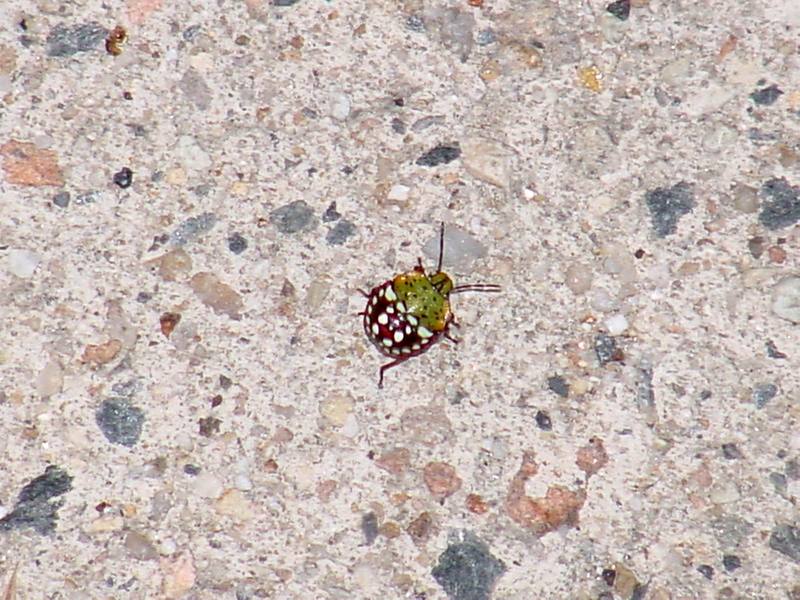|
| 질의: Caterpillar | 결과: 975번째/1696 | |
Larva of Far Eastern Green Stink Bug (Nezara antennata) (풀색노린재 애벌레)
| 제목: | Larva of Far Eastern Green Stink Bug (Nezara antennata) (풀색노린재 애벌레)
| | 올린이: | Jinsuk Kim (kusnij@naver.com)
| |

| 해상도: 1600x1200
파일크기: 327162 Bytes
촬영일: 2004:06:10 19:33:11
사진기: MAVICA (SONY)
F number: f/2.8
Exposure: 1/85 sec
Focal Length: 600/10 cm
등록시간: 2004:06:13 17:05:50
|
ERROR : Server Busy(-1105)
ERROR : Server Busy(-1105)
Larva of Far Eastern Green Stink Bug (Nezara antennata)
Kapchon Stream, Yuseong-gu, Daejeon, Korea |
^o^
동물그림창고 똑똑전화 누리집
^o^
|
|

